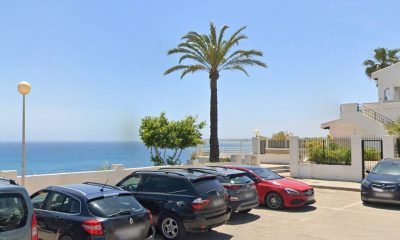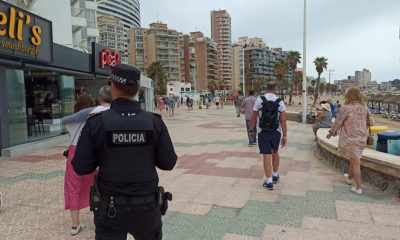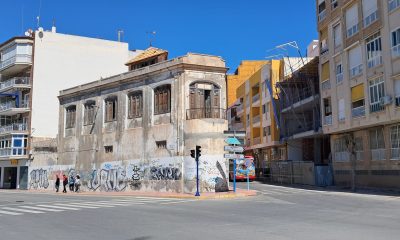Costa Blanca
17 arrested for people trafficking after the death of two Brits in a road accident
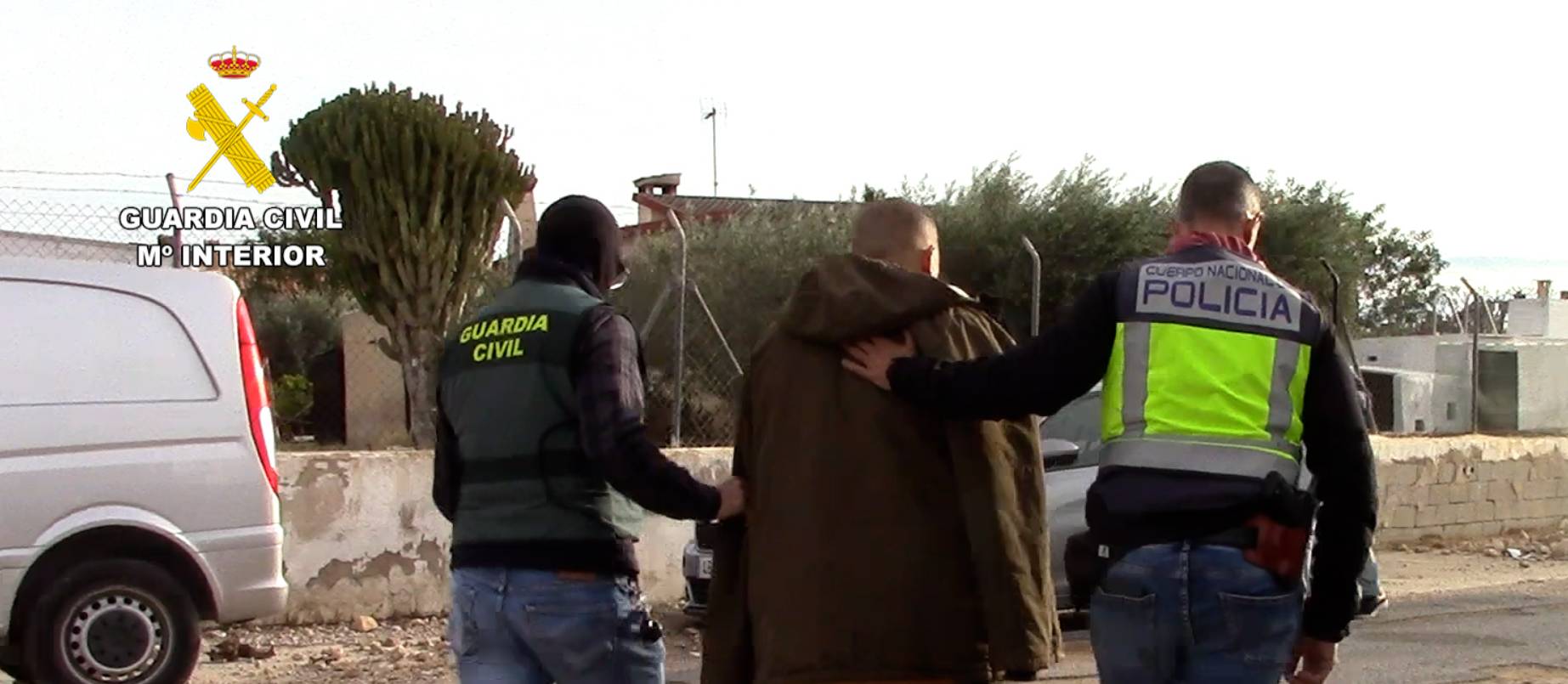
Following the deaths of two persons in a traffic accident on the La Manga del Mar Menor highway, National Police agents, working in tandem with the Civil Guard, have eliminated a criminal organisation that specialises in migrant trafficking.
Two persons were killed and eleven injured in the November 16th tragedy, which happened when a car blocking the road with a caravan that was towing a boat caused seven vehicles to collide.
17 persons have been taken into custody by agents on suspicion of belonging to a group that uses fast boats to encourage illegal immigration. Two cars, including the one involved in the fatal collision, two weapons, cell phones, beacons, and drugs were seized as a consequence of three searches conducted in Molina del Segura (Murcia), Elche, and Rojales.
The inquiry started on October 6th with the seizure of a rubber boat with a 150 HP engine and the arrest of three individuals by Civil Guard agents near kilometre 10 of the La Manga del Mar Menor road. A GPS, a satellite phone, 14 30-liter petrol canisters, bags, equipment, clothing and food were all confiscated from the boat.
Since then, the National Police and Civil Guard have been conducting a joint investigation, which has led to the discovery of a criminal organisation that reportedly planned to launch a small boat in the region.
Two British individuals lost their lives in a deadly accident.
An accident on the RM-12 route (El Algar-La Manga del Mar Menor), which runs through the municipality of Cabo de Palos-Cartagena, was reported to the Civil Guard one month later on November 16. When the authorities got there, they saw a number of automobiles colliding with an inflatable boat, resulting in a multiple accident. It appears that the accident happened when a car carrying a boat blocked the road with a trailer, causing seven automobiles to collide. Two British nationals, ages 49 and 57, were killed in the accident, and eleven others suffered injuries of various degrees.
The investigation’s main goal was to dismantle a suspected criminal network that was involved in the transportation of people and drugs across the Strait of Gibraltar after it was established that the vessel was a 10-meter inflatable boat with two 300 HP motors.
The brand and model of the car that was carrying the boat on the day of the collision, the location where it might have been concealed, and the driver’s name were all determined by investigators following multiple police investigations. The agents also found a number of residences connected to the criminal organisation they were investigating and were able to identify a number of individuals.
For the purpose of trafficking migrants, they employed swift boats with strong engines.
Although the structural damage was compatible with the accident, the inquiry found that the suspects had altered the registration number of the car used to transport the boat that resulted in the deadly collision on the La Manga road. The officers also discovered an electrical system that prevented the car’s front and back lights from turning on at the same time, allowing the driver to evade potential police monitoring.
According to agents, the disbanded organization’s primary activity was human trafficking, which involved moving people from North Africa to the Spanish coast via fast boats. Furthermore, they equipped themselves with stolen automobiles that they had fabricated license plates and paperwork for. They may make up to two journeys a day thanks to this innovative method of operation, which involves using high-quality boats (Phantom type) with powerful engines that cut the travel duration to about four or five hours.
In addition, the network was well-structured, with members clearly delineating their responsibilities. Some of them served as front men to give the boats the appearance of legality, while others were devoted to the preparation of the boats as well as the protection and custody of the pateras.
Three searches and 17 arrests were made in Molina de Segura (Murcia), Elche, and Rojales.
Ultimately, a sizable police force was used to carry out the operation on February 25th by operatives from the Civil Guard and the National Police.
17 people were taken into custody by the officers on suspicion of homicide, injuries, traffic safety violations, damage, abandoning the scene of an accident, illegal gun possession, drug trafficking, smuggling, document falsification, violating the rights of foreign nationals (by aiding illegal immigration), and membership in a criminal organisation.
Additionally, two cars, including the one that caused the deadly accident, a shotgun, a handgun, and ammunition were found during searches conducted in three homes in Molina de Segura (Murcia), Elche, and Rojales (Alicante). In addition, they confiscated almost 3,000 euros, 15 cell phones, beacons, various amounts of hashish and cocaine, and precision scales.
Discover more from Costa Blanca Daily
Subscribe to get the latest posts sent to your email.
Costa Blanca
Torrevieja fails to comply with its commitment to open new road at La Hoya for Easter
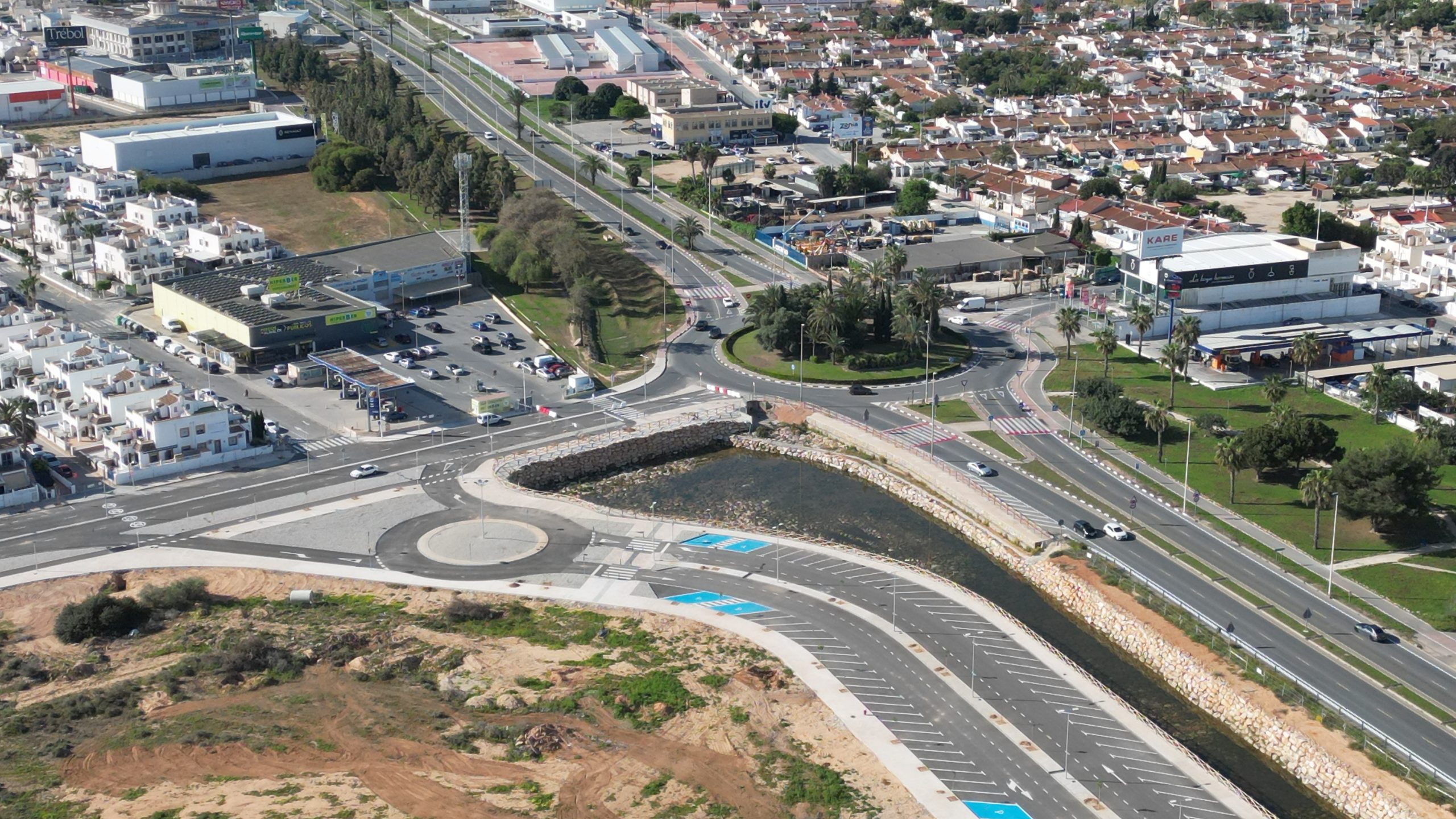
Eduardo Dolón (PP), the mayor of Torrevieja, announced at the beginning of April that the new Avenida José Carreras in the La Hoya residential area would be open to alleviate some of the traffic flow between the main access and exit road to the city, the CV-905, and the northern part of the town this Easter. However, the mayor’s announcement remains unfulfilled.
In his press conference last Thursday, April 17th , the Councillor for Traffic and Safety, Federico Alarcón, did not provide any explanation regarding the matter. Neither did the government team, even on Instagram, which is typically one of their primary communication channels.
This Easter Sunday, the road is still closed to traffic.
On April 3rd, Dolón responded to media enquiries by stating that municipal technicians and representatives of the developer had conducted numerous meetings to facilitate the opening of the four-lane avenue to traffic, with two lanes in each direction.
Given the significant tourist influx during Easter and the congested CV-95, the opening of this road was considered appropriate. By doing so, it would alleviate the traffic congestion.
The mayor clarified that the City Council must certify the first phase of the development being constructed, while a provisional acceptance of that section of road will be conducted.
Through the administrative process of reception, technicians verify that the works executed by a developer within an urban development plan that has been authorised by the municipality are in accordance with the project’s investment and on-site characteristics.
Víctor Costa, the Director General of Urban Planning at Torrevieja City Council, is currently responsible for validating receipts. It is crucial to consider the administrative process, as it is exceedingly challenging to hold the developer accountable in the event that the City Council identifies deficiencies subsequent to receipt.
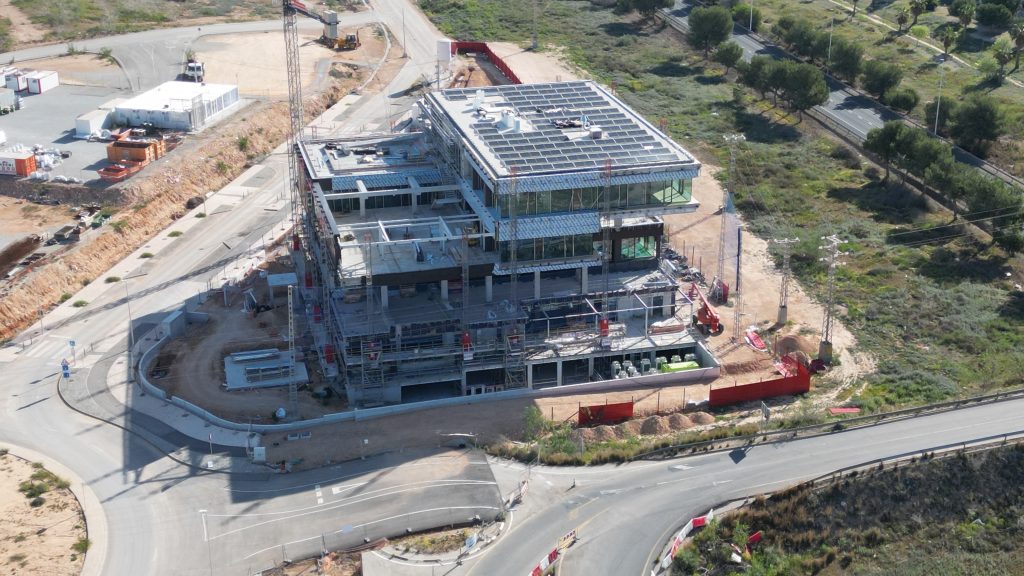
The avenue is more comprehensive than those implemented in other developments in the area in terms of furniture, signage, safety, pedestrian conditions, and accessibility; it spans over one kilometre and the end of the new road, near the N332 (above) doesn’t look fit for traffic as there appears to be a steep incline making it impossible for the likes of buses to naviagate.
The connection between the CV-905 and the northeast area of the Torrevieja municipality has been closed for just over a year. This closure was due to the construction of the macro-urban development project, which will build 7,500 new residential homes in the sector starting in October 2023. The road, which is commonly referred to as the “swiggly road,” is used daily by hundreds of drivers to traverse the city centre.
This year, the Traffic Department has devised an alternative route that traverses numerous residential areas.
Discover more from Costa Blanca Daily
Subscribe to get the latest posts sent to your email.
Costa Blanca
Walkway from Aguamarina to La Caleta in Cabo Roig will reopen, again

According to the notification from the Provincial Expropriation Jury to the Orihuela City Council following its approval of the court’s appraisal report, the municipal coffers will incur a cost of 26,180 euros for the expropriation of the land to reopen the pedestrian crossing connecting Aguamarina with La Caleta in Cabo Roig, near the Bellavista development.
The City Council has now requested that the Treasury deposit the specified amount in the receptacle and proceed with the preoccupation of reopening the promenade this summer.
Unable to reach an agreement, the local government and the proprietors brought the process before the provincial jury. Almost 17 times the municipal technicians’ calculation (€69,113), the proprietors presented a valuation of €1.2 million for their 227-square-metre cliffside plots in January of last year.
Nevertheless, this proposition was a decrease from the 3 million euros that they had initially requested. The 52 residents of the residential complex have established a price of approximately 170,000 euros for the 142 square meters of land that is to be expropriated, which is a decrease from the previous price of 2 million euros. Conversely, Cabo Roig SA has requested 987,000 euros (previously 1 million euros) for 85 square meters of hotel use. The City Council’s initial assessment was 44,000 euros.
The jury ultimately found that the City Council had to pay just over €26,000. The 2024 budget allocated €600,000 for the expropriation of the land and the necessary works to reinstate an idyllic pedestrian promenade along the Orihuela coastline. This should be kept in mind. This promenade has been accessible to the public for many years, but it has been closed since December 2021. The City Council closed it in accordance with a court judgement, which necessitated a two-kilometre diversion for residents and numerous visitors to circumvent a section that was only 60 metres in length.
The residential development was authorised prior to the Coastal Law and the General Urban Development Plan (PGOU) of 1990, which mandated that the initial line be used for public purposes. Nevertheless, the City Council refrained from expropriating this section, which ensured the promenade’s continuity along the entire littoral. In 2013, the residents of the development constructed a wall to seal off the path that runs along the precipice and is adjacent to the gardens of their residences.
In 2013, the local government, at the request of the socialist Antonio Zapata, the councillor for urban planning at the time, initiated the process of restoring urban planning legality against the development. The process involved the installation of a barrier and a wall, which impeded traffic on the section.
In March 2015, City Hall employees employed sledgehammers to breach the gate and wall, thereby allowing the public access to the trail, with the support of the Supreme Court of Justice (TSJ). In 2016, the Elche Administrative Court ruled in favour of the residents of the development, annulling the rulings and directing City Hall to restore the cliff walkway at the Bellavista I residential complex, which was never considered public property.
Although the local government has been appealing its enforcement, the ruling became final when the City Council, which was then governed by the People’s Party (PP), did not appeal. The Provincial Coastal Service reported in May 2017 that a right of way impacted the land in Aguamarina. Consequently, the 52 residents of the residential complex were unable to close the passageway and were required to maintain it undisturbed.
The City Council filed an appeal against the October 4th, 2018, order, which ordered the fencing and restitution of the demolished wall. The TSJ overturned the appeal in a November 2020 ruling, stating that the wall was legally constructed by the residents prior to the implementation of the current Coastal Law, which is the foundation of the Provincial Coastal Service’s right of way discussion. The City Council assumed the report and was subsequently obligated to execute the 2016 ruling, which mandates the reconstruction of the demolished perimeter fence and annuls the 2013 agreement of the Governing Board and the 2015 demolition decree.
Therefore, in December 2021, it was once again closed to adhere to the ruling, which mandated that the City Council restore it to its original condition.
Discover more from Costa Blanca Daily
Subscribe to get the latest posts sent to your email.
Costa Blanca
Crackdown on illegal sales in Calpe
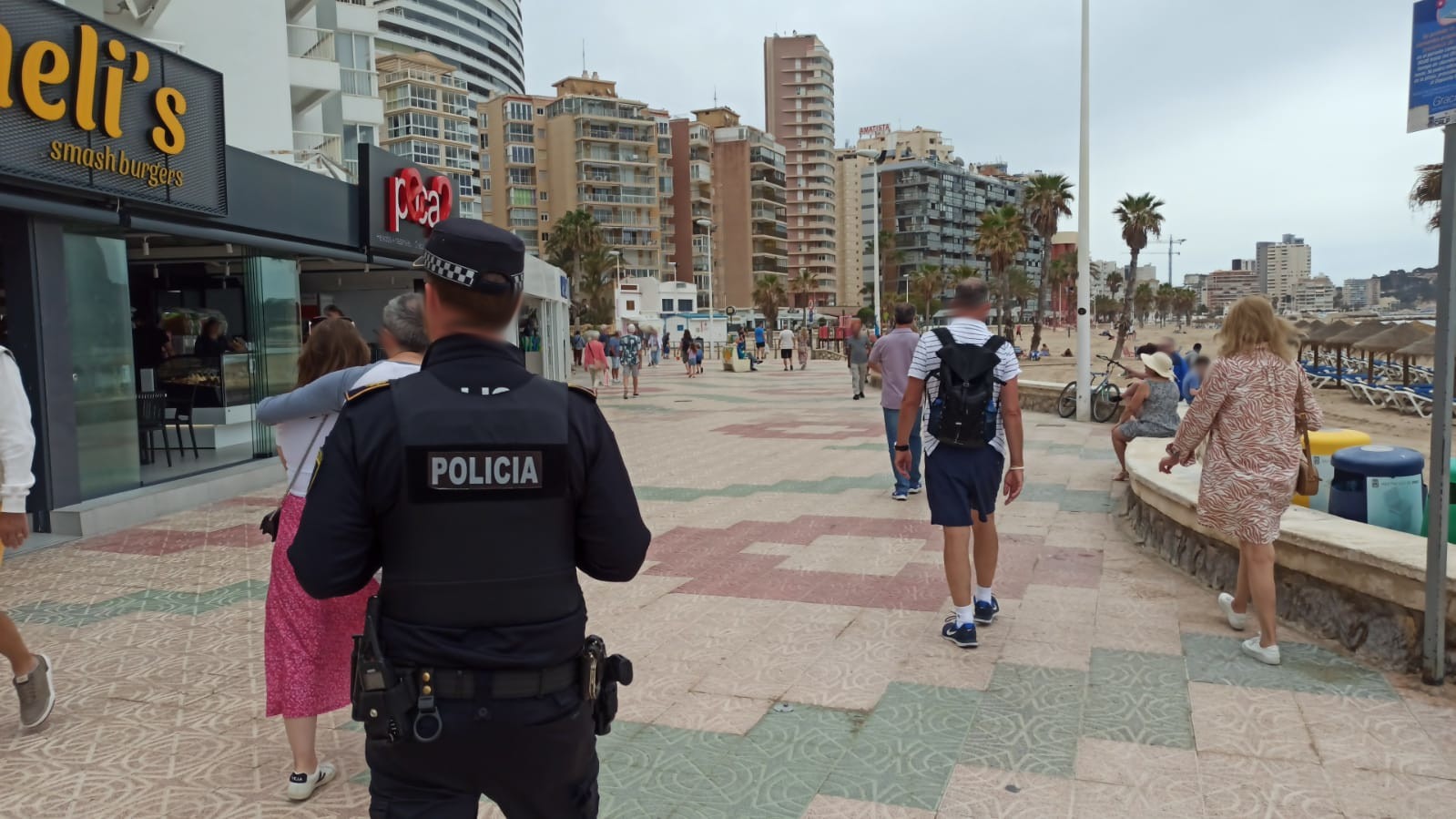
As part of a campaign against street vending that will be further bolstered in the spring and summer of 2025, the Guardia Civil and Local Police have deployed over 25 officers and a drone to the beaches of Levante and Poniente.
A police operation was conducted a few days ago to combat the illicit sale and counterfeiting of products by plainclothes and uniformed officers from the Guardia Civil and the Calpe Local Police. The prevention and deterrent campaign against illicit street vending will persist throughout the spring and summer of 2025, and this action is a component of it.
The Guardia Civil officers from the Main Post and the specialised unit PAFIF (Tax and Border Patrol), which monitors borders and controls taxation in our country, as well as the UTAI and USC CALP units of the Calpe Local Police, were involved in the police operation, which was aided by a drone from the UMAC (Calpe Local Police Aerial Means Unit). This police operation, which was conducted on the Levante and Poniente beaches of Calpe, involved over 25 officers from both forces.
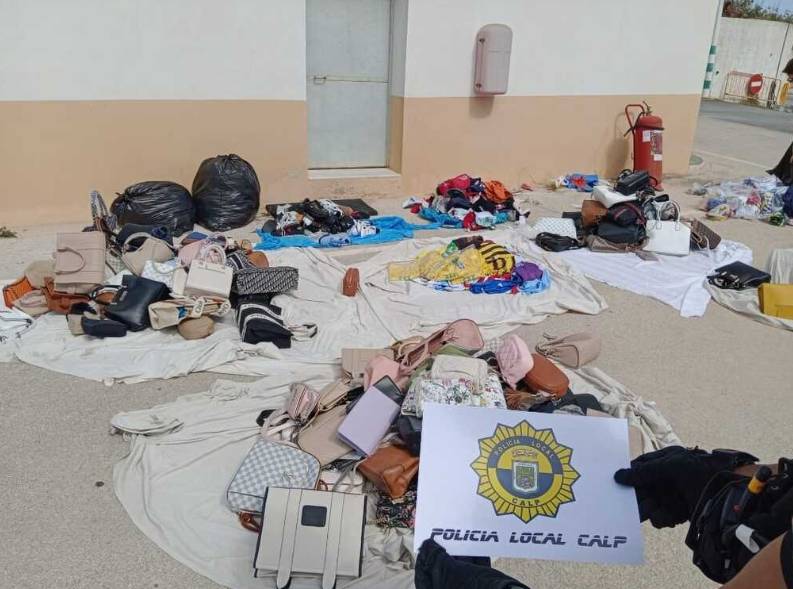
In the course of the operation, 180 leather products, 212 T-shirts, 38 swimsuits, 12 caps and 291 pairs of trainers were confiscated, in addition to five vehicles that were purportedly used as warehouses. The prospective market value of all counterfeit items, which includes the value of the immobilised vehicles and the seized materials, is €15,000. The competent authorities were also informed of the sellers who were identified.
The Councillor for Citizen Security of the Calp City Council, Guillermo Sendra Guardiola, conveyed his satisfaction with the positive relationship and spirit of collaboration and cooperation between the Guardia Civil and the Local Police. “The councillor underscored that the fact that both forces are collaborating, despite their differences in resources and efforts, results in heightened safety for Calpe residents and visitors.”
The local government’s dedication to law enforcement is complemented by its efforts to increase community awareness of the risks and repercussions of supporting this unlawful trade, as the municipal ordinance prohibits both the street sale and purchase of these products.
Discover more from Costa Blanca Daily
Subscribe to get the latest posts sent to your email.
-
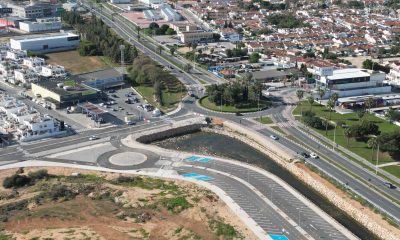
 Costa Blanca24 hours ago
Costa Blanca24 hours agoTorrevieja fails to comply with its commitment to open new road at La Hoya for Easter
-

 Costa Blanca6 days ago
Costa Blanca6 days agoTorrevieja records a 2.8 magnitude earthquake
-
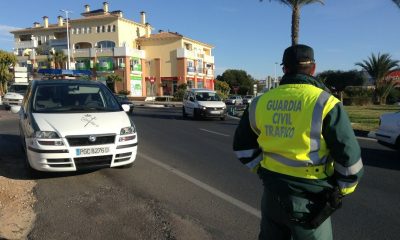
 Costa Blanca2 weeks ago
Costa Blanca2 weeks agoThis week the DGT will issue over 64,000 speeding tickets
-

 Costa Blanca2 weeks ago
Costa Blanca2 weeks agoSix arrested for the use of AI to defraud over 19 million euros
-

 Costa Blanca1 week ago
Costa Blanca1 week agoSpanish family killed in helicopter crash in New York
-

 Costa Blanca2 weeks ago
Costa Blanca2 weeks agoBeware if you receive an orange envelope in your postbox
-

 Costa Blanca2 weeks ago
Costa Blanca2 weeks agoWhy aren’t salaries in Spain rising while everything else is?
-
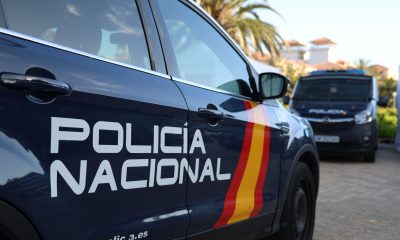
 Costa Blanca2 weeks ago
Costa Blanca2 weeks agoPolice are investigating a shooting in Alicante

